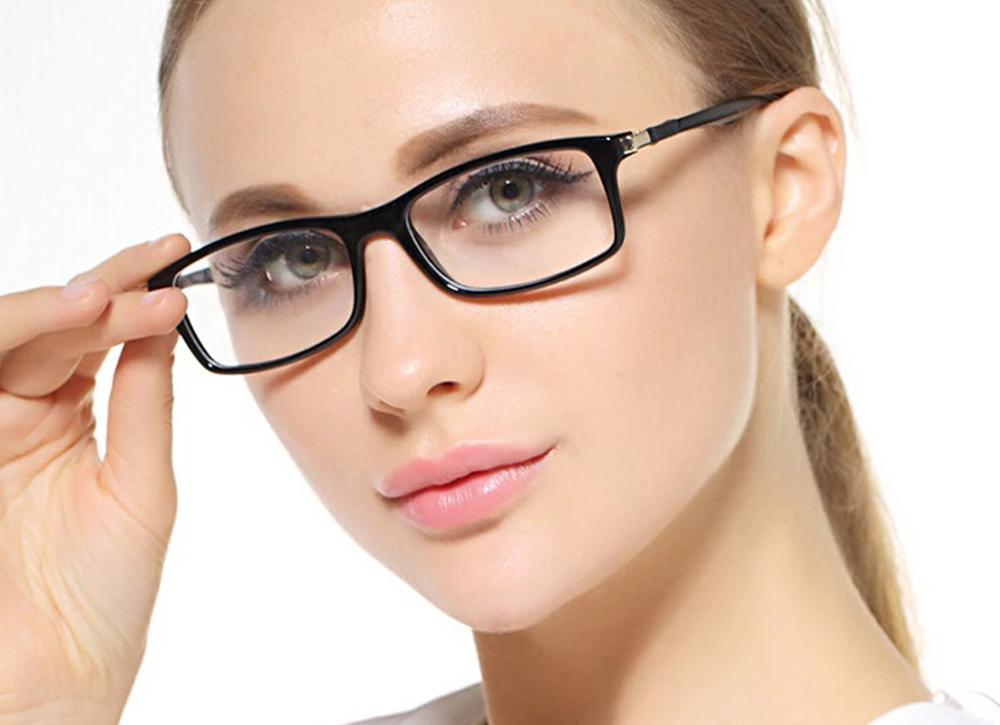Orthokeratology
Orthokeratology is a type of surgery that corrects the eyesight of the eye. It improves daytime vision through a rigid, highly breathable contact lens. Orthokeratology is the use of the principle of reverse geometry. Change the curvature of the cornea with orthokeratology lenses, to achieve the effect of non-surgical vision correction and prevention of myopia.
Although it can effectively improve vision, it still cannot solve the sequelae of high myopia, like macular degeneration and retinal detachment. Orthokeratology lenses were initially used by patients who wanted to temporarily go without glasses, so the websites of orthokeratology lenses in the United States continue to sell them primarily to young people and people who love sports.
Orthokeratology lens
Orthokeratology lenses appeared in the United States in the 1960s and became mature in the 1980s. In 1996, Taiwan first imported the product, and it entered mainland China the following year. It is called OK lens for short because of its pronunciation. After OK lens entered China, it was immediately found by businessmen. A lot of institutions and individuals who do not have the relevant qualifications have flooded into the operation of the OK lens. On July 5, 2001, the State Food and Drug Administration formulated the "Regulations on the Supervision and Administration of the Operation, Inspection and Matching of Orthokeratology Lens", which regulated the operating institutions and testing and matching institutions of Orthokeratology lenses. But in China, the rule did not change the course of events.
Orthokeratology lenses are used for myopia control.
The effect of the orthokeratology lens in controlling the increase of myopia in teenagers has been unanimously affirmed by the ophthalmology industry at home and abroad. In February 2006, an authoritative ophthalmological journal published a review of the retarding effect of rigidity breathable orthokeratology lens on the progression of myopia in children. This paper reviews the literature on orthokeratology and myopia in the past 30 years and points out that rigidity breathable orthokeratology can prevent or alleviate the progress of myopia, the mechanism of which is that rigid breathable contact lens can inhibit the progress of myopia by providing clearer retinal image quality. Medium and high concentration of atropine will affect students' near-use vision, while low concentration of atropine has not been used clinically in China, so orthokeratology lens has become one of the known myopia control methods with the best statistical effect. In three to five-year case studies, orthokeratology lenses alleviate a 40 to 60 percent increase in myopia compared with wearing a frame lens or a soft contact lens. Other studies have found that 65 to 70 percent of orthokeratology lens wearers show little or no axial length increase.





































